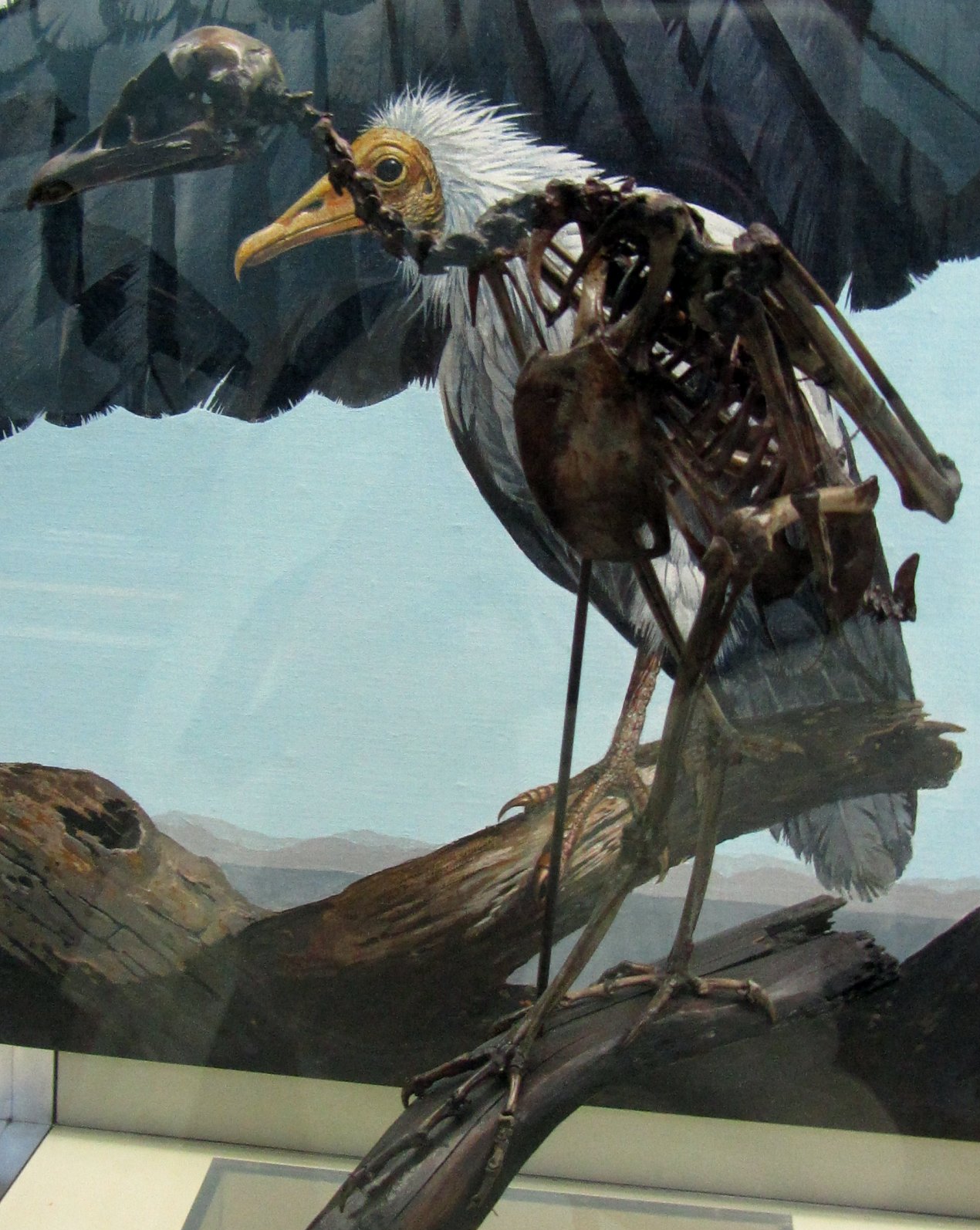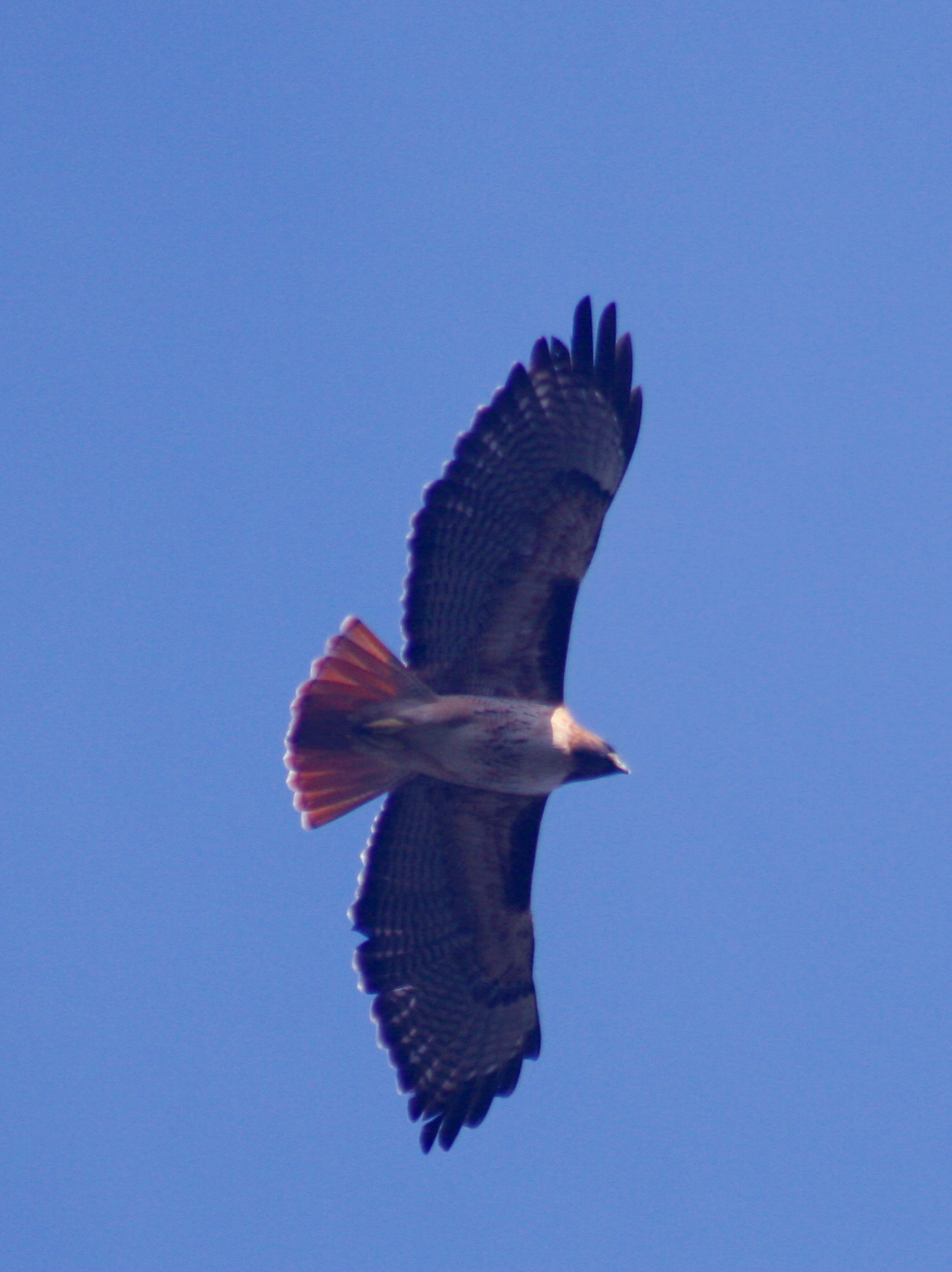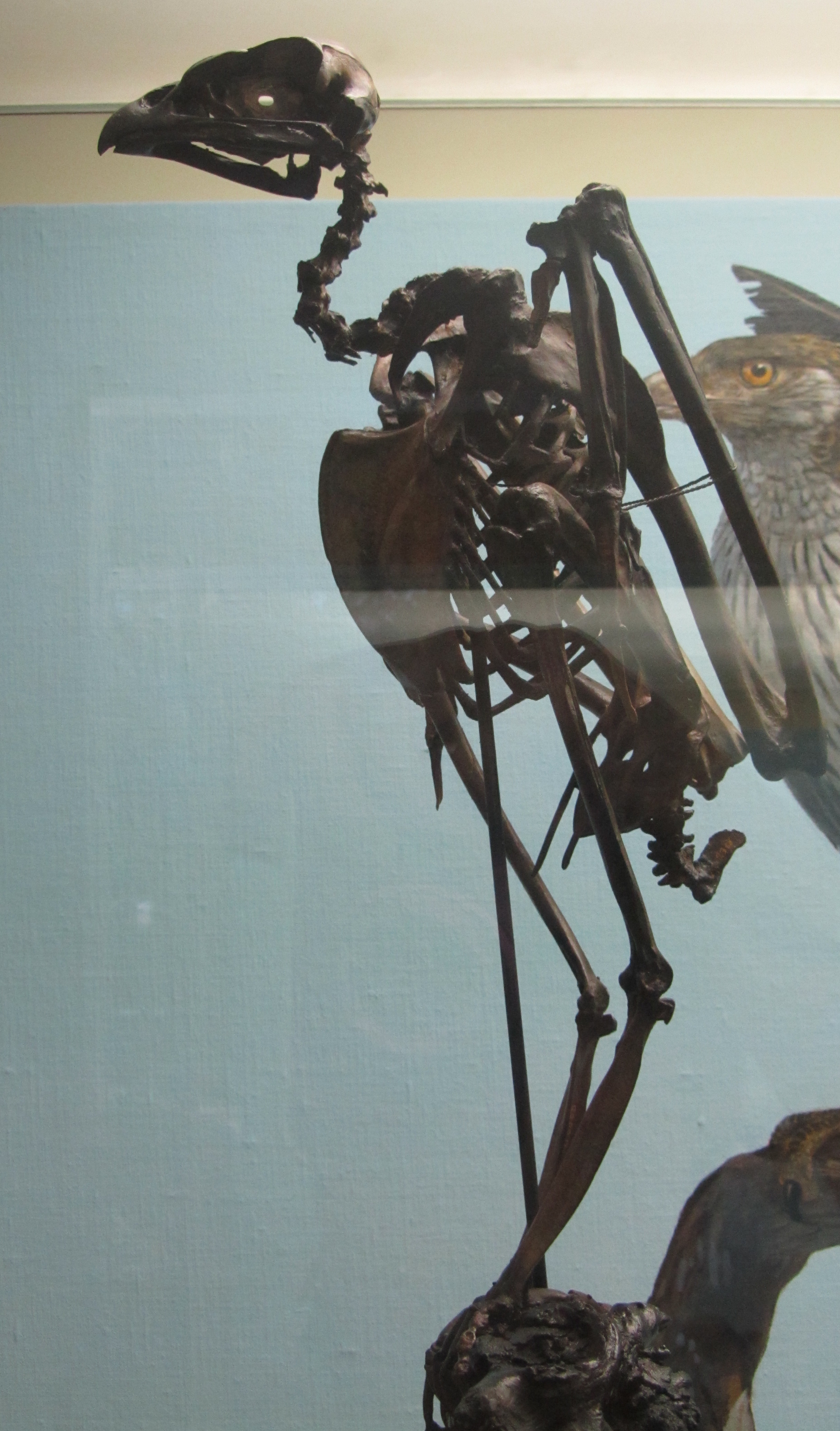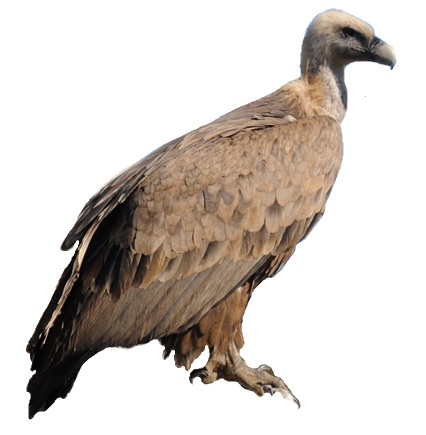|
Buteoninae
The Buteoninae are a subfamily of birds of prey which consists of medium to large, broad-winged species. They have large, powerful, hooked beaks for tearing flesh from their prey, strong legs, and powerful talons. They also have extremely keen eyesight to enable them to spot potential prey from a distance. This subfamily contains the buzzards (buteonine hawks) with great diversity in appearance and form and some appearing eagle-like, with at least 50 species included overall in the subfamily. At one time, several types were grouped, including large assemblages such as booted eagles, but modern studies using mitochondrial DNA clarified that this subfamily was smaller than formerly classified. Systematics The subfamily Buteoninae was introduced (as "Buteonina") by the Irish zoologist Nicholas Vigors in 1825 with '' Buteo'' as the type genus. The subfamily includes about 79 currently recognized species. Unlike the many lineages of Accipitridae which seem to have radiated out ... [...More Info...] [...Related Items...] OR: [Wikipedia] [Google] [Baidu] |
Accipitridae
The Accipitridae () is one of the four families within the order Accipitriformes, and is a family of small to large birds of prey with strongly hooked bills and variable morphology based on diet. They feed on a range of prey items from insects to medium-sized mammals, with a number feeding on carrion and a few feeding on fruit. The Accipitridae have a cosmopolitan distribution, being found on all the world's continents (except Antarctica) and a number of oceanic island groups. Some species are migratory. The family contains 256 species which are divided into 12 subfamilies and 75 genera. Many well-known birds such as hawks, eagles, kites, harriers and Old World vultures are included in this group. The osprey is usually placed in a separate family ( Pandionidae), as is the secretary bird ( Sagittariidae), and the New World vultures are also usually now regarded as a separate family or order. Karyotype data indicate the accipitrids analysed are indeed a distinct monophyletic ... [...More Info...] [...Related Items...] OR: [Wikipedia] [Google] [Baidu] |
Red-tailed Hawk
The red-tailed hawk (''Buteo jamaicensis'') is a bird of prey that breeds throughout most of North America, from the interior of Alaska and northern Canada to as far south as Panama and the West Indies. It is one of the most common members of the genus ''Buteo''. The red-tailed hawk is one of three species colloquially known in the United States as the "Chickenhawk (bird), chickenhawk", though it rarely preys on standard-sized chickens. Red-tailed hawks can acclimate to all the biomes within their range, occurring on the edges of non-ideal habitats such as dense forests and sandy deserts.Preston, C. R. (2000). ''Red-tailed Hawk''. Stackpole Books. The red-tailed hawk occupies a wide range of habitats and altitudes, including deserts, grasslands, coniferous and deciduous forests, Agricultural land, agricultural fields, and Urbanization, urban areas. Its latitudinal limits fall around the tree line in the subarctic and it is absent from the high Arctic. It favors varied habitats ... [...More Info...] [...Related Items...] OR: [Wikipedia] [Google] [Baidu] |
Milvus
''Milvus'' is a genus of medium-sized birds of prey. The genus was erected by the French naturalist Bernard Germain de Lacépède in 1799 with the red kite as the type species. The name is the Latin word for the red kite. The genus ''Milvus'' has in the past been placed in the subfamily Milvinae but molecular phylogenetic studies have shown that such a grouping is polyphyletic for Buteoninae. It is now placed in the subfamily Buteoninae. Species The genus contains three species. Allozyme data indicates that the genetic diversity in both black and red kites is rather low.Schreiber, Arnd; Stubbe, Michael & Stubbe, Annegret (2000): Red kite (''Milvus milvus'') and black kite (''M. migrans''): minute genetic interspecies distance of two raptors breeding in a mixed community (Falconiformes: Accipitridae). '' Biol. J. Linn. Soc.'' 69'(3): 351–365. (HTML abstract) Successful hybridization between ''Milvus'' kites is fairly commonplace, making mtDNA analyses unreliable t ... [...More Info...] [...Related Items...] OR: [Wikipedia] [Google] [Baidu] |
Pseudastur
''Pseudastur'' is a genus of bird of prey in the family Accipitridae. It contains the following species: Systematics The name ''Pseudastur'' was coined by Edward Blyth, but was first published in George Robert Gray George Robert Gray (8 July 1808 – 6 May 1872) was an English zoology, zoologist and author, and head of the Ornithology, ornithological section of the British Museum, now the Natural History Museum, London, Natural History Museum, London f ...'s Index. The type species is the white hawk, ''Falco albicollis'' Latham, 1790. The species were placed for some time in the genus '' Leucopternis'', however this genus was found to be polyphyletic. In 2012 the American Ornithologists' Union split Leucopternis, placing the white hawk and its relatives under the old name ''Pseudastur''. References External links * * * Taxa named by Edward Blyth {{Accipitriformes-stub ... [...More Info...] [...Related Items...] OR: [Wikipedia] [Google] [Baidu] |
Geranoaetus
''Geranoaetus'' is a genus of birds of prey in the family Accipitridae The Accipitridae () is one of the four families within the order Accipitriformes, and is a family of small to large birds of prey with strongly hooked bills and variable morphology based on diet. They feed on a range of prey items from insects .... It contains three species. ''Geranoaetus'' are huge birds. Their wing span is about 70-80 in and their total length is 25-30 in. References External links * * {{Taxonbar, from=Q9267406 Bird genera * ... [...More Info...] [...Related Items...] OR: [Wikipedia] [Google] [Baidu] |
Parabuteo
''Parabuteo'' is a genus of bird of prey in the family Accipitridae The Accipitridae () is one of the four families within the order Accipitriformes, and is a family of small to large birds of prey with strongly hooked bills and variable morphology based on diet. They feed on a range of prey items from insects .... It contains the following species: References {{Taxonbar, from=Q10803962 Bird genera * Taxa named by Robert Ridgway ... [...More Info...] [...Related Items...] OR: [Wikipedia] [Google] [Baidu] |
Buteogallus
''Buteogallus'' is a genus of birds of prey in the family Accipitridae. All members of this genus are essentially neotropical, but the distribution of a single species extends slightly into the extreme southwestern United States. Many of the species are fond of large crustaceans and even patrol long stretches of shore or riverbank on foot where such prey abounds, but some have a rather different lifestyle. Unlike many other genera of raptor, some members are referred to as "hawks", and others as "eagles". Most of the species have a characteristic tail pattern. This consists of a black base, a wide white middle band, a wide black band, and a quite narrow white band on the feathertips that is often hard to discern or may be lost when the feathers are very worn. Only the white-necked hawk and the rufous crab hawk have a very different tail patterns (see also below). Taxonomy The genus ''Buteogallus'' was introduced in 1830 by the French naturalist René Lesson to accommodate the ... [...More Info...] [...Related Items...] OR: [Wikipedia] [Google] [Baidu] |
Cryptoleucopteryx
The plumbeous hawk (''Cryptoleucopteryx plumbea'') is a species of bird of prey in the family Accipitridae. Distribution It is found in Colombia, Ecuador, Panama, and Peru. Its natural habitat is subtropical or tropical moist lowland forests. It can also be found on silvopastures. It is threatened by habitat loss Habitat destruction (also termed habitat loss or habitat reduction) occurs when a natural habitat is no longer able to support its native species. The organisms once living there have either moved elsewhere, or are dead, leading to a decrease .... File:Plumbeous Hawk 2015-06-09 (7) (40326994521).jpg File:Plumbeous Hawk 2015-06-09 (5) (40326975931).jpg References External links * * plumbeous hawk Birds of Colombia Birds of Tumbes-Chocó-Magdalena Birds of prey of South America plumbeous hawk plumbeous hawk Taxonomy articles created by Polbot {{Accipitriformes-stub ... [...More Info...] [...Related Items...] OR: [Wikipedia] [Google] [Baidu] |
Morphnarchus
The barred hawk (''Morphnarchus princeps'') is a species of bird of prey in the family Accipitridae. It has also been known as the black-chested hawk. It is found in Colombia, Costa Rica, Ecuador, Panama, and Peru. Its natural habitats are subtropical or tropical moist lowland forest and subtropical or tropical moist montane forest. 10,000 to 100,000 barred hawks are thought to exist throughout Central and South America. Barred hawks mainly live in the dense forests of the lowland and mountainous areas. Taxonomy and evolution Philip Sclater first classified the barred hawk in 1865. Barred hawks are in the family Accipitridae that contains all the hawks, eagles, and old world vultures.Raposo do Amaral, Fabio S., Matthew J. Miller, Luis F. Silveira, Eldredge Bermingham, and Anita Wajntal. "Polyphyly of the hawk genera ''Leucopternis'' and ''Buteogallus'' (Aves, Accipitridae): multiple habitat shifts during the Neotropical buteonine diversification." BMC Evolutionary Biology 6 (20 ... [...More Info...] [...Related Items...] OR: [Wikipedia] [Google] [Baidu] |
Butastur
''Butastur'' is a genus of birds of prey in the family Accipitridae. Taxonomy and species The genus ''Butastur'' was introduced in 1843 by the English naturalist Brian Houghton Hodgson with the white-eyed buzzard as the type species. The genus name is a portmanteau of the genus '' Buteo'' introduced by Bernard Germain de Lacépède Bernard-Germain-Étienne de La Ville-sur-Illon, comte de Lacépède or La Cépède (; 26 December 17566 October 1825) was a French natural history, naturalist and an active freemason. He is known for his contribution to the Comte de Buffon's g ... for the buzzards and ''Astur'' introduced by Lacépède for the goshawks. The genus now contains four species. References Bird genera Taxa named by Brian Houghton Hodgson Taxonomy articles created by Polbot {{Accipitriformes-stub ... [...More Info...] [...Related Items...] OR: [Wikipedia] [Google] [Baidu] |
Leucopternis
''Leucopternis'' is a Neotropical genus of birds of prey in the family Accipitridae. They are associated with tropical forest, and are uncommon or rare. Their plumage is largely black or gray above and white below, and they have distinctive orange ceres. Species Traditionally, ''Leucopternis'' contains significantly more species than given here. However, as the genus probably was polyphyletic, moves of species to other genera were proposed and have been accepted by the American Ornithologists' Union The American Ornithological Society (AOS) is an ornithological organization based in the United States. The society was formed in October 2016 by the merger of the American Ornithologists' Union (AOU) and the Cooper Ornithological Society. Its ...'s South American Check-list Committee and North American Check-list Committee,Chesser et al. (2012) except that the South American Committee placed the former '' L. lacernulatus'' in the existing genus '' Buteogallus'' instead of in a ... [...More Info...] [...Related Items...] OR: [Wikipedia] [Google] [Baidu] |
Birds Of Prey
Birds of prey or predatory birds, also known as (although not the same as) raptors, are hypercarnivorous bird species that actively predation, hunt and feed on other vertebrates (mainly mammals, reptiles and smaller birds). In addition to speed and strength, these predators have bird vision, keen eyesight for detecting prey from a distance or during flight, strong feet with sharp talon (anatomy), talons for grasping or killing prey, and powerful, curved beaks for tearing off flesh. Although predatory birds primarily hunt live prey, many species (such as fish eagles, vultures and condors) also scavenge and eat carrion. Although the term "bird of prey" could theoretically be taken to include all birds that actively hunt and eat other animals, ornithologists typically use the narrower definition followed in this page, excluding many piscivorous predators such as storks, Crane (bird), cranes, herons, gulls, skuas, penguins, and kingfishers, as well as many primarily insectivorous bir ... [...More Info...] [...Related Items...] OR: [Wikipedia] [Google] [Baidu] |





